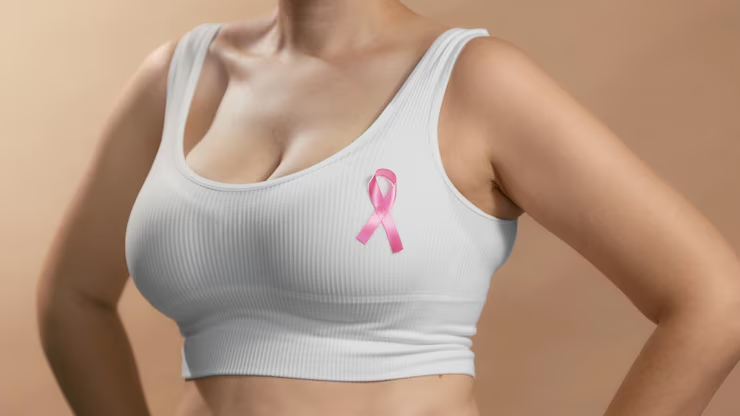Breast Cancer Reconstruction

Breast Cancer Reconstruction
Breast cancer reconstruction is a surgical procedure designed to restore the shape and appearance of the breast following a mastectomy or lumpectomy. It aims to help patients regain their confidence, body image, and sense of wholeness after breast cancer treatment. The reconstruction can be done using implants or the patient’s own tissue (flap reconstruction), depending on medical conditions and personal preference. Often performed in stages, this procedure plays a vital role in emotional healing, offering a sense of closure and renewed self-esteem for many breast cancer survivors.
Types of Breast Reconstruction
- Implant-Based Reconstruction: Involves inserting saline or silicone implants to recreate the breast mound. It can be done immediately after mastectomy or at a later stage.
- Autologous (Flap) Reconstruction: Uses tissue from another part of the body—such as the abdomen, back, or thighs—to reconstruct the breast.
- Nipple and Areola Reconstruction: Often performed in a later stage of the reconstruction process, using skin grafts or tattooing techniques.
This circumferential technique ensures balanced and harmonious shaping from all angles.

Frequently Asked Questions (FAQ)
It can be done immediately after mastectomy or delayed until after cancer treatments like radiation.
While implants may need replacement after 10–15 years, autologous tissue reconstructions are typically long-lasting.
Yes, regular follow-ups and screenings are important even after reconstruction.
Modern techniques allow for highly natural-looking and feeling results.
As with any surgery, there are risks like infection, bleeding, and implant complications. These are minimized by an experienced surgeon.
Typically 1–3 days depending on the procedure type.